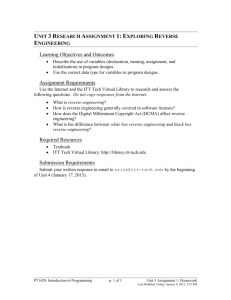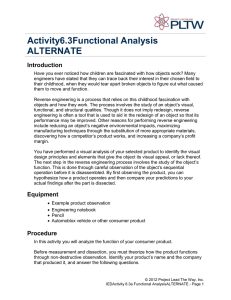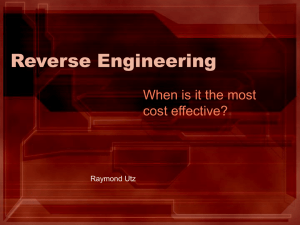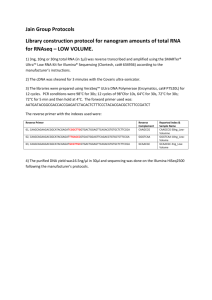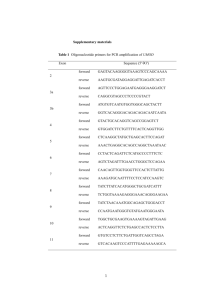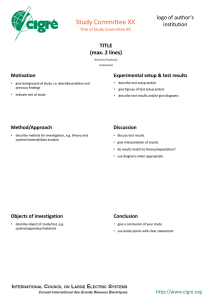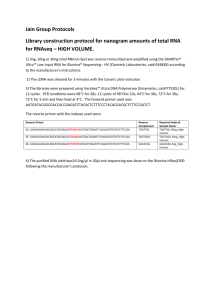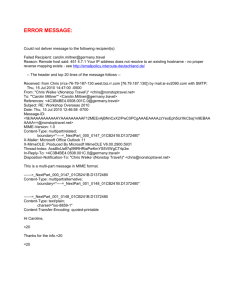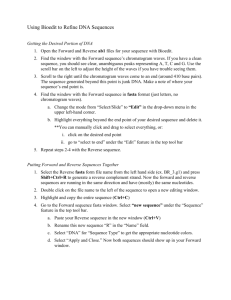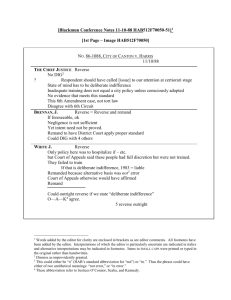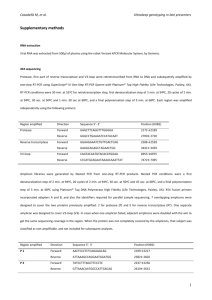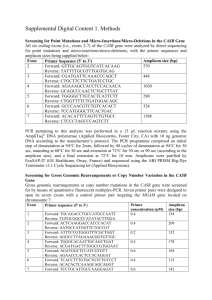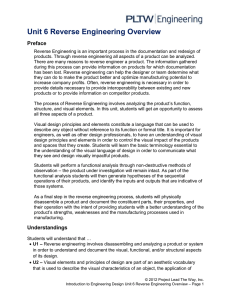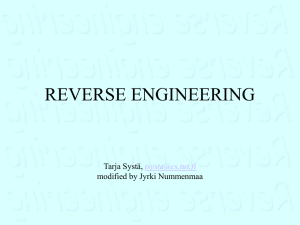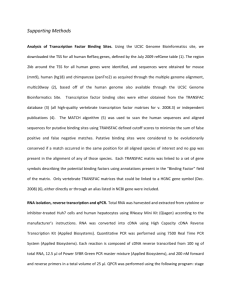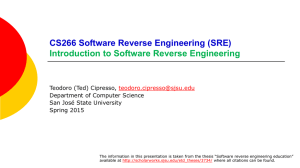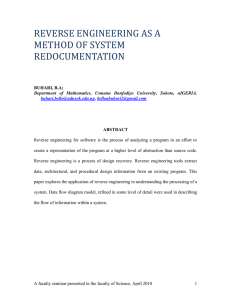Two sides to every story
advertisement
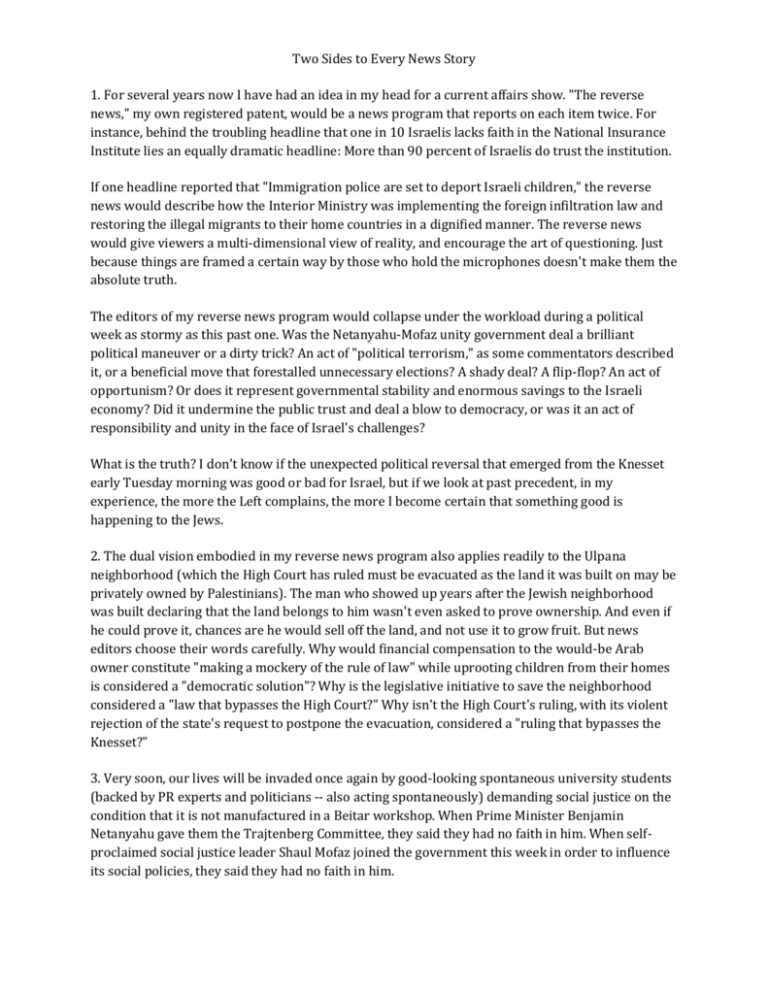
Two Sides to Every News Story 1. For several years now I have had an idea in my head for a current affairs show. "The reverse news," my own registered patent, would be a news program that reports on each item twice. For instance, behind the troubling headline that one in 10 Israelis lacks faith in the National Insurance Institute lies an equally dramatic headline: More than 90 percent of Israelis do trust the institution. If one headline reported that "Immigration police are set to deport Israeli children," the reverse news would describe how the Interior Ministry was implementing the foreign infiltration law and restoring the illegal migrants to their home countries in a dignified manner. The reverse news would give viewers a multi-dimensional view of reality, and encourage the art of questioning. Just because things are framed a certain way by those who hold the microphones doesn't make them the absolute truth. The editors of my reverse news program would collapse under the workload during a political week as stormy as this past one. Was the Netanyahu-Mofaz unity government deal a brilliant political maneuver or a dirty trick? An act of "political terrorism," as some commentators described it, or a beneficial move that forestalled unnecessary elections? A shady deal? A flip-flop? An act of opportunism? Or does it represent governmental stability and enormous savings to the Israeli economy? Did it undermine the public trust and deal a blow to democracy, or was it an act of responsibility and unity in the face of Israel's challenges? What is the truth? I don't know if the unexpected political reversal that emerged from the Knesset early Tuesday morning was good or bad for Israel, but if we look at past precedent, in my experience, the more the Left complains, the more I become certain that something good is happening to the Jews. 2. The dual vision embodied in my reverse news program also applies readily to the Ulpana neighborhood (which the High Court has ruled must be evacuated as the land it was built on may be privately owned by Palestinians). The man who showed up years after the Jewish neighborhood was built declaring that the land belongs to him wasn't even asked to prove ownership. And even if he could prove it, chances are he would sell off the land, and not use it to grow fruit. But news editors choose their words carefully. Why would financial compensation to the would-be Arab owner constitute "making a mockery of the rule of law" while uprooting children from their homes is considered a "democratic solution"? Why is the legislative initiative to save the neighborhood considered a "law that bypasses the High Court?" Why isn't the High Court's ruling, with its violent rejection of the state's request to postpone the evacuation, considered a "ruling that bypasses the Knesset?" 3. Very soon, our lives will be invaded once again by good-looking spontaneous university students (backed by PR experts and politicians -- also acting spontaneously) demanding social justice on the condition that it is not manufactured in a Beitar workshop. When Prime Minister Benjamin Netanyahu gave them the Trajtenberg Committee, they said they had no faith in him. When selfproclaimed social justice leader Shaul Mofaz joined the government this week in order to influence its social policies, they said they had no faith in him. But why should we have faith in you, young social justice protesters, when you demand "social change" but really only mean political change? My reverse news program would report the social justice protests differently, as yet another left-wing demonstration against Netanyahu that happens to also include economic and social justice demands. 1. What is the main idea of this article? 2. What is one argument from this article, and what type of rhetorical device does it use? 3. Both articles are on guns, and both articles have different viewpoints; but which article should we value as the better article? (hint, don’t focus on which position you agree with more, focus on the quality of the writing and the logic behind the arguments).

